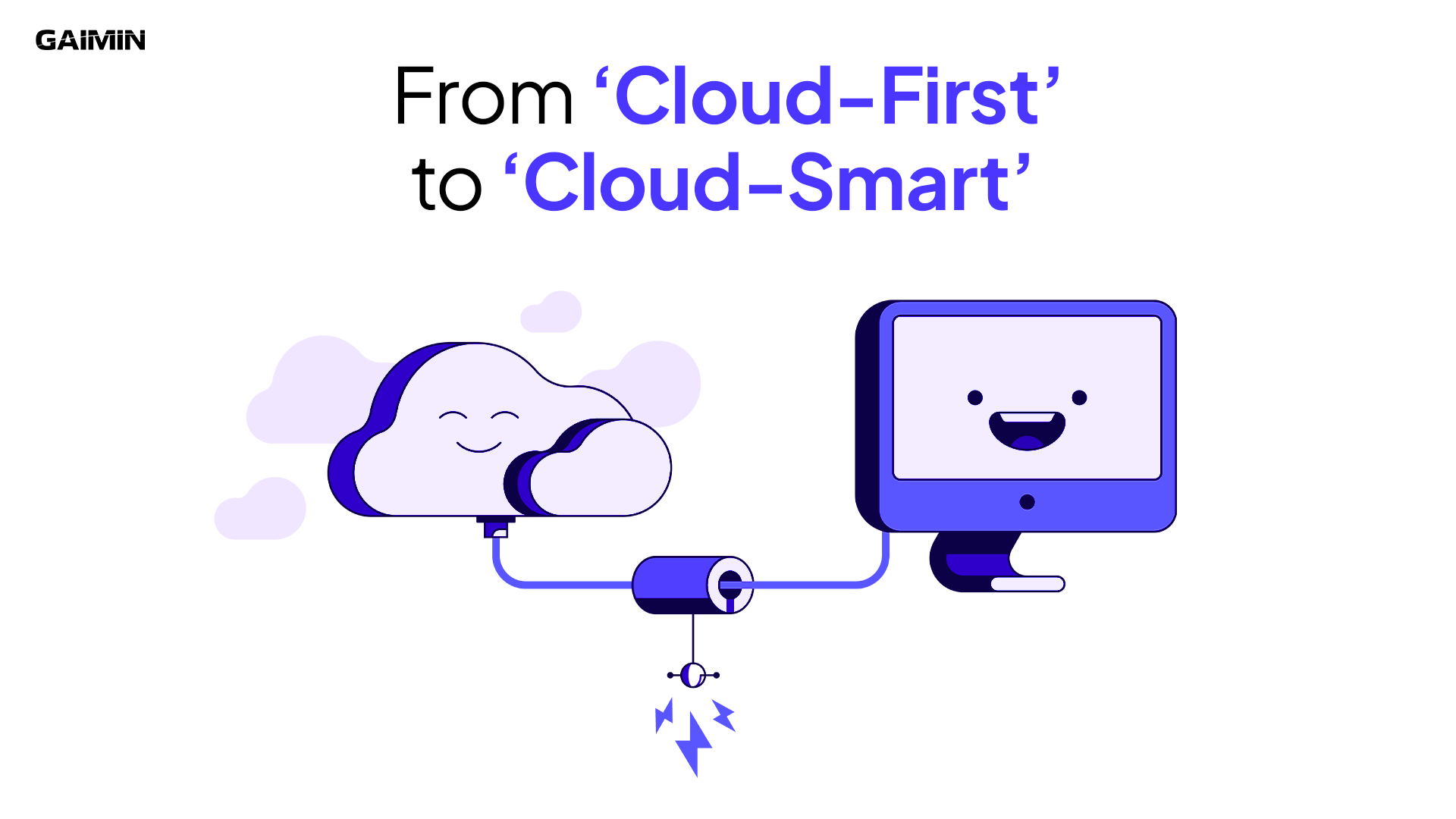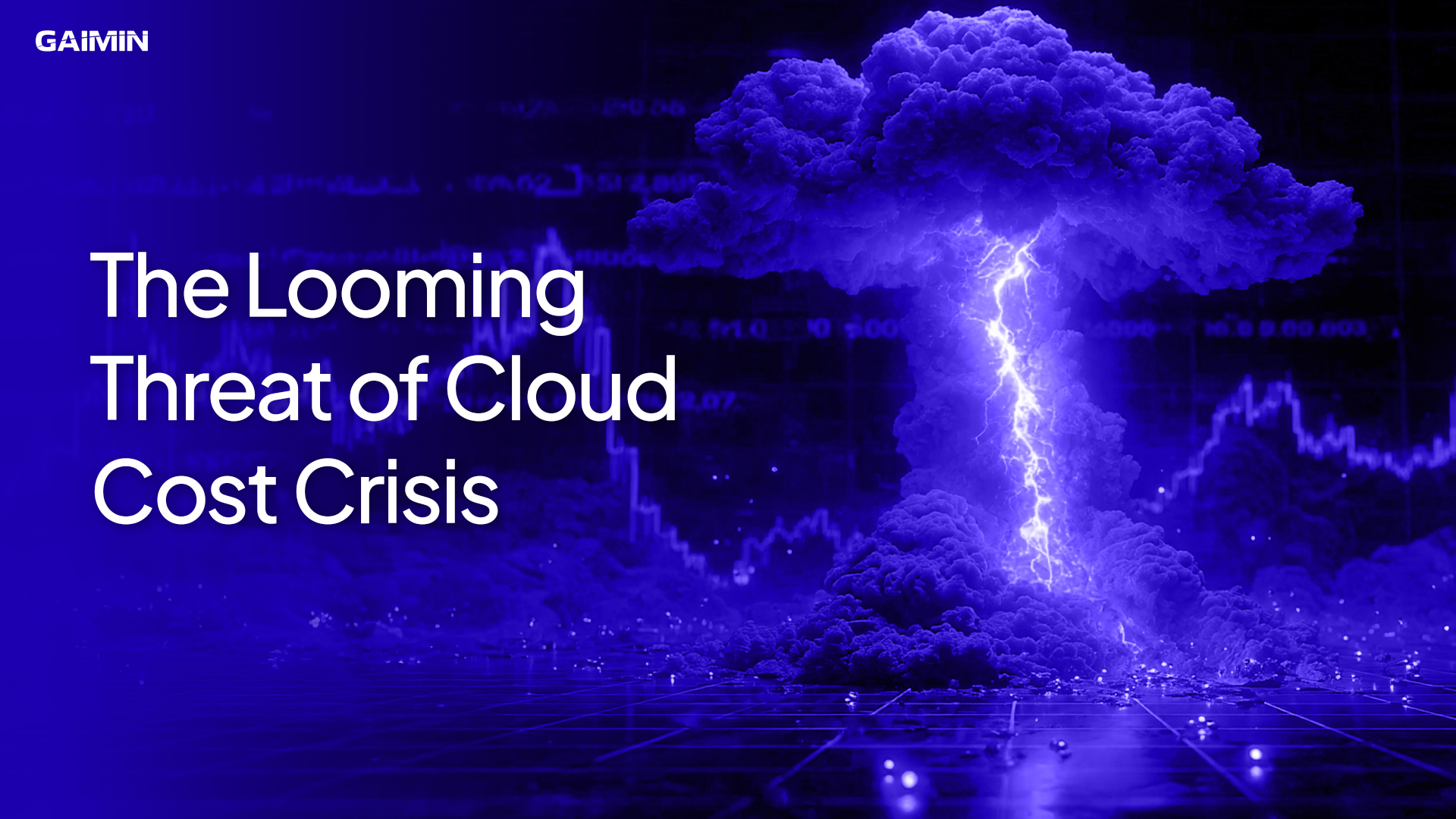Why Look Beyond the Borders of Legacy Cloud?
In the first article, we laid out the big picture: cloud computing changed the world, but today’s cloud is showing its age. Centralized infrastructure, while convenient, has become a liability in a world that now runs on Artificial Intelligence, AAA games, real-time media, massive data, and other compute-intensive applications. This continually-increasing demand is proving a great weight to the supply of the current traditional infrastructure for cloud computing, and our environment!
So what's next?
Surely, we would now need more than the legacy cloud; we would even need a more efficient one.
One that isn’t controlled by a few, but powered by all, and most importantly, built with already-existing resources.
Enter the era of Decentralized Cloud, or as we call it: “DeCloud”.
“DeCloud” — Really?
DeCloud isn’t just a fancy word for "cloud + decentralized technology", not like we would know anything about that *wink wink. It’s a new class of cloud infrastructure, built on the principles of decentralization, openness, and community participation; the very same principles adopted from blockchain technology.
Instead of relying on mega data centers that are expensive for both builders, users, and our environment, and owned by a few, DeCloud harnesses a global network of independent contributors who offer their computing power (GPUs), storage, and bandwidth, and get rewarded for doing so.
This isn’t theoretical or unproven. But it’s already active and part of a fast-emerging movement called:
DePIN — Decentralized Physical Infrastructure Networks
DePIN projects like ours at GAIMIN use token incentives to coordinate real-world infrastructure and turn it into usable services that supply the same demand for traditional cloud services.
In simple terms:
- While in Traditional Cloud, you rent from the likes of AWS and Google Cloud.
- With DeCloud = you tap into a peer-powered network that is always self-maintained with the latest standard of computing.
The Key Advantages of Decentralized Cloud
- Lower Cost: Taps into unused hardware already in the world, no hyperscaler markups.
- More Secure: Since the infrastructure is basically distributed across devices around the globe, add encryption technology, and you have yourself a highly secure network with no single point of failure.
- Self-Upgrading: As users improve their rigs and devices, the network evolves and automatically stays updated to the current day technology. In contrast, if legacy media wanted to match that pace, it would cost billions of dollars to them, their clients, and most importantly, our environment, having to replace and discard hardware. They wouldn’t be able to do it anyway, since it statistically takes years to build or completely upgrade a sizeable data center.
- True Ownership: You don’t just use the infrastructure; you can also help power it, and get rewarded, becoming part of the infrastructure that powers your business.
- Resilient by Design: Since the cloud is distributed to the ends of the earth, it improves the odds of nodes being closer to you, the client. Local nodes deliver faster and offer more reliable performance with edge computing.
Here’s how it comes together:

All of this is possible thanks to:
- Blockchain coordination (for payments, verification, and access control)
- Token incentives (rewarding contributors)
- Distributed protocols (for redundancy, resilience, and scale)
Decentralization and Distribution: What’s the Difference?
This is a common point of confusion, and an important one.
Distributed Cloud is a term used by traditional cloud providers (like AWS Local Zones or Azure Arc) to describe cloud services that are delivered across multiple locations, including on-premises or edge environments. It’s still centrally controlled — just more geographically spread out.
Decentralized Cloud (DeCloud), on the other hand, is:
- Permissionless: It’s a network where no one entity controls the network.
- Community-owned: It’s a peer-to-peer infrastructure built on the backbone of user nodes.
- Inclusive: Meaning that anyone can contribute and participate.
In short:
Distribution is an architecture.
Decentralization is a model.
They may overlap technically (e.g., both push workloads closer to users), but philosophically and economically, they are different!
GAIMIN Cloud: The Home of DeCloud
Here at GAIMIN, we're building the decentralized cloud specifically for high-performance workloads, like AI, gaming, and large-scale file sharing, with many other applications to come.
We do it by tapping into an existing resource of over 2 billion PCs that sit in homes and offices globally.
Our business model helps us serve a growing demand and impact the lives of contributors globally. And it’s very much operational now!
Coming Up Next
In the next article, we go under the hood, compare and contrast centralized vs decentralized cloud in detail.
Until then, explore more about GAIMIN Cloud here on our website.



.png)
